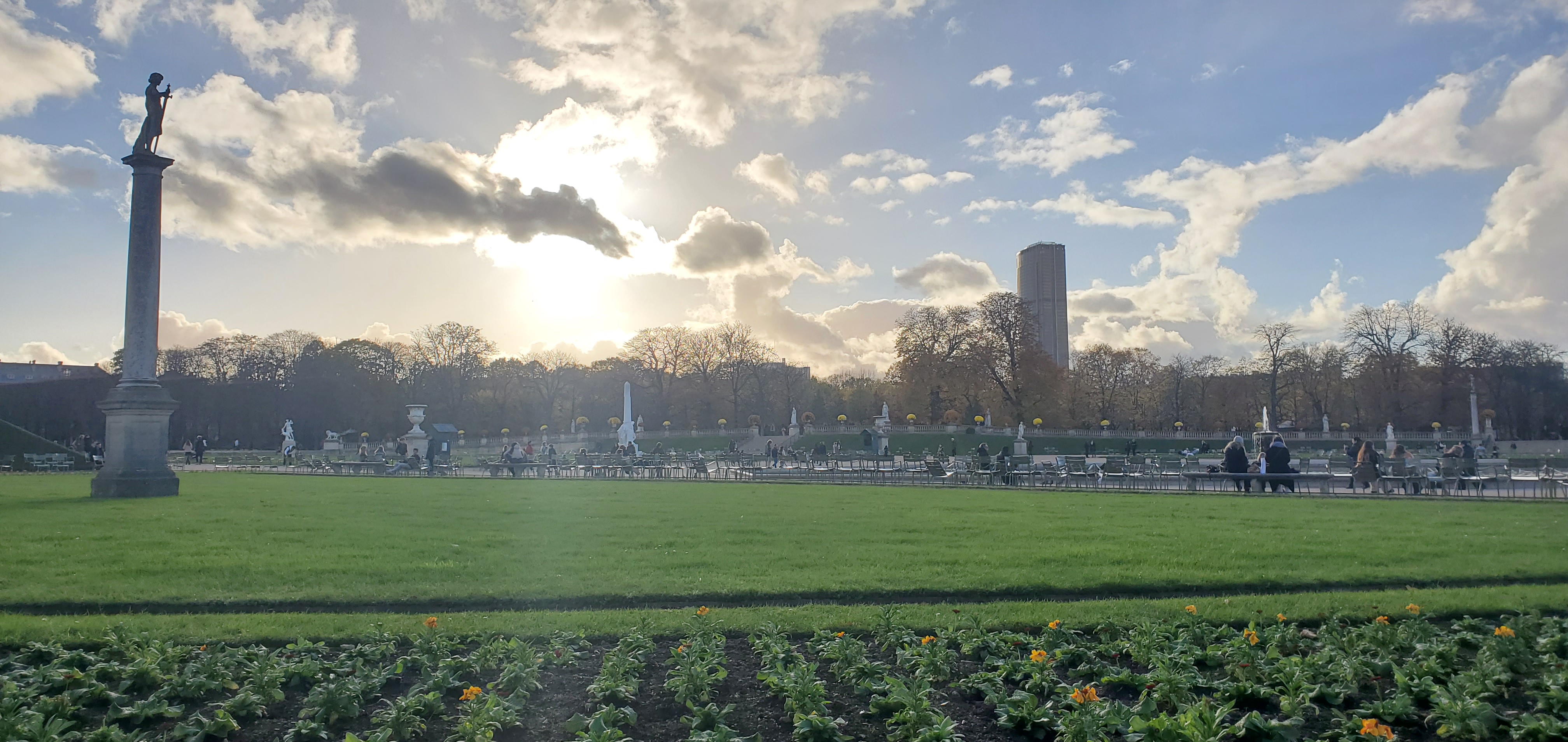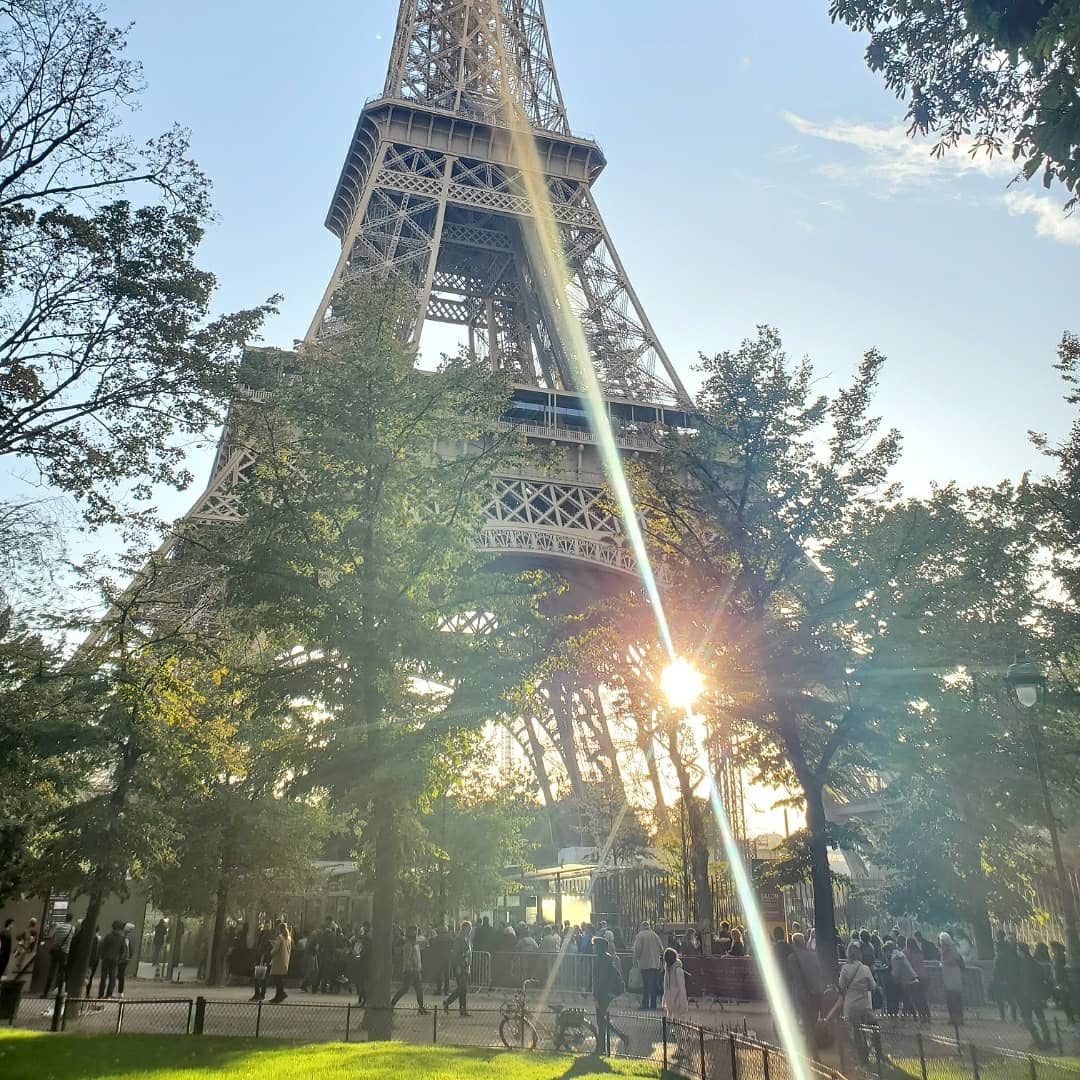Tour Montparnasse and the Future of Parisian Architecture

Countless great minds have called Paris home as they pondered and created some of the most valuable contributions to humanity. The illuminations that the French Capital has inspired earned it a reputation as the “City of Light”. Why has Paris been such a prolific creative hub over the years?
The city’s beautiful architecture certainly doesn’t hurt it in this regard. Everyday, architectural triumphs like the Notre-Dame, Arc de Triomphe, Sacre Coeur Basilica and others remind Parisians of the extraordinary beauty that humans are capable of producing. Contrast these meticulously detailed icons with the great American strip mall, which sends the bleak message that expediency is to be valued above anything else. The spirit of Parisian architecture creates an ambience that animates everyday life. Even the more uniform Haussmann style buildings that line many of Paris’s boulevards feature an aesthetic quality and uniqueness in their attention to detail. Thanks to height regulations, these blocks maintain the city's historic skyline and aren't overly imposing.
Despite regulations, there are a few structures that rise above the rest. The tallest and most well known is the Eiffel Tower, which has become a symbol of France, if not the most iconic landmark in the world. Believe it or not, many Parisians criticized the tower at the time of its construction for being an excessively experimental eyesore. This shows that even the most beloved designs are subject to scrutiny at first, especially if they are particularly innovative or unfamiliar.

By now, it’s safe to say that the Eiffel Tower has been accepted and has stood the test of time; it’s not leaving anytime soon. The singularity of the design is most likely the reason for its longevity. Designers took a risk by going in a new direction, but it clearly paid off as the Eiffel Tower is now one of the most recognizable landmarks in the world, appreciated by tourists and locals alike. There have been many imitations after, but there wasn't a building like it in the world when it was constructed.
Contrast the Eiffel Tower with Paris’s second tallest structure, the Montparnasse Tower. There is nothing unique about this imposing abomination other than its grotesque protuberance from the rest of the city’s skyline. The design might as well have been copied from a random La Defense skyscraper and pasted into Paris’s left bank. As a matter of fact, the design may as well have been taken from Manhattan or some other city, and many would still struggle to tell the difference. The only unique aspect of Tour Montparnasse is its stark contrast with the rest of Paris’s architecture. But as a standalone design, it doesn’t stand out like the Eiffel Tower. Its construction can’t be justified as it brings nothing new to the table. It’s not French, it’s not Parisian, it simply doesn’t fit. Many have said that the Montparnasse Tower’s observation deck provides the best view of Paris. The high vantage point offers a bird’s eye view of the city, but perhaps even more appealing is the fact that one can forget about the intrusive tower itself.
There’s no plans of removing the unpopular structure, but there have been rumors of a possible redesign. In 2017, a competition was held and a plan was chosen to give the tower a makeover. The “green” project entails equipping the lower levels of the building with terraces which will feature vegetation as well as adding a rooftop garden. Tour Monparnasse will also be fitted with much more transparent windows as opposed to the darker ones currently in place. The €300 million renovation is projected to be completed in time to be shown off to the world at the 2024 Summer Olympics.
Nouvelle AOM Wins Competition to Redesign Paris' Tour Montparnasse https://t.co/LLFrztJ6ws pic.twitter.com/UzwFI0waHD
— ArchDaily (@ArchDaily) September 22, 2017
Admittedly, the redesign is an undeniable improvement and will give the tower a much more modern and unique look. However, the much needed character development won’t be enough to overcome the underwhelming premise of the original design. The city’s centuries old height regulation was put back into place shortly after the Montparnasse Tower’s construction, so hopefully Paris learned its lesson. This is not to say that the architecture of Paris should remain frozen in place, it can't stay the same forever. It is constantly changing and courageous decisions will need to be made, but only when necessary.





